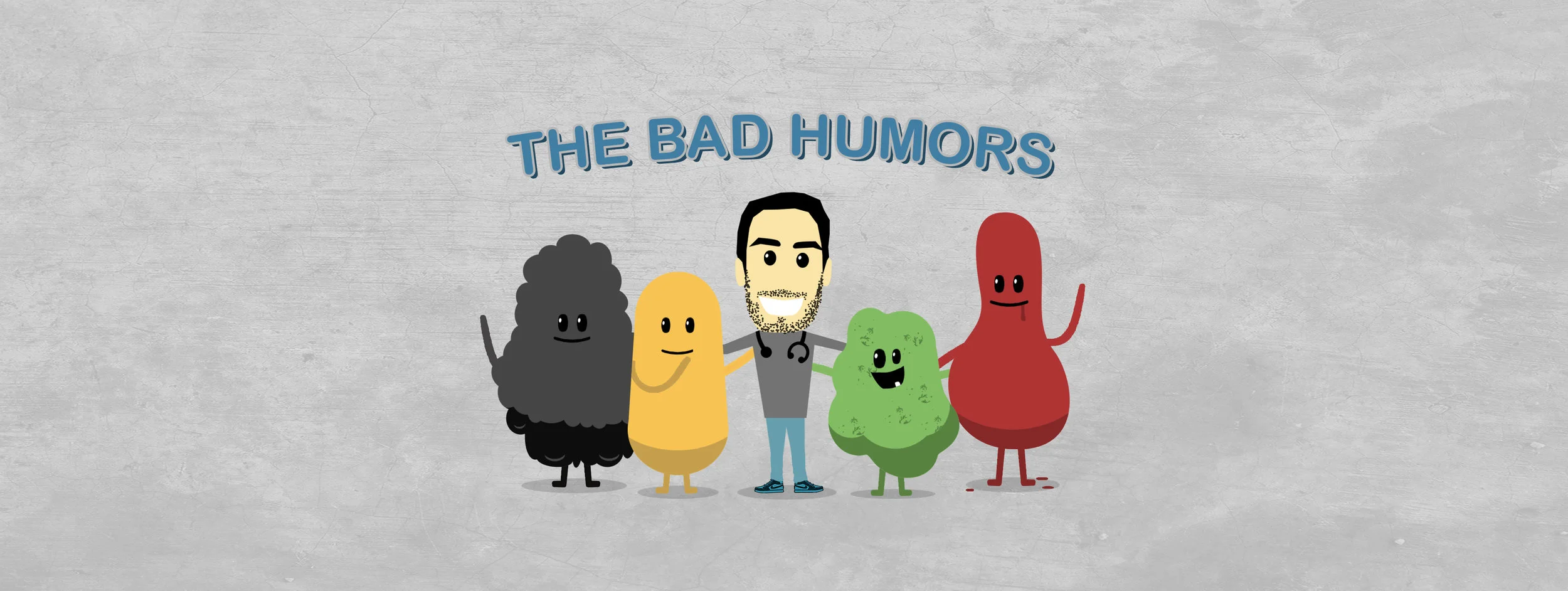- Holding breath
- Breathing into a paper bag
- Causing fright
- Biting a freaking lemon
- Inducing sneezing with black pepper
- Applying pressure to the bridge of nose, upper
lip, or eyebrow area (a friend’s favorite)
- Swallowing difficult to swallow items such as
granulated sugar, peanut butter, or molasses
- Drinking water from the opposite side of the cup
- Lifting the uvula with a spoon…
- Finally, sexual intercourse! – Was actually
found to stop intractable hiccups in a single case report [3]
Then there are a few they recommend that clinicians can try
such as:
- Induction of vomiting with emetic
- Breathing 5% carbon dioxide
- Stimulating vagus nerve by supraorbital pressure
Those all sound equally if not more ridiculous. I can’t help
but think of someone gouging a person’s eyes when it comes to supraorbital
pressure. I was considering posting a picture for humor’s sake but found all
the google images to be very disturbing. So I didn't. You're welcome.
Moving to things I’d actually consider treating a patient
with or doing myself. In this category I’d either want a physical maneuver that
was somewhat plausible for stopping the reflex arc or medication with a proven
track record but also without a heavy-duty side effect profile. Here were my
choices for this:
- Drinking Ice Water [4]
- Performing Valsalva Maneuver
- Compressing diaphragm by pulling knees to chest
or leaning forward
- Ok, I’d actually consider the supraorbital
pressure here as well - still thinking of eye gouging though.
- Acupuncture
- Baclofen
- Reglan
- Gabapentin
The first four I
chose to add to my repertoire because they are more known to cause a vagal
response. It’s more plausible to see these overriding the reflex arc than let’s
say… biting a lemon. The last four have decent evidence to moderate evidence
but without too harsh of a side effect profile. Acupuncture and Baclofen
actually have the best evidence. There have actually have been a number of
randomized trials showing acupuncture to be superior to Reglan and placebo. An
analysis of 3 randomized trials of 162 patients found a risk ratio of 1.87 (95%
CI 1.26-2.78) [5]. However, a Cochrane review found that the type of acupuncture was significant as 4 needle and 1 hour
acupuncture duration was superior (p < 0.05) to 3 needle and 30 minute
acupuncture. [6]









